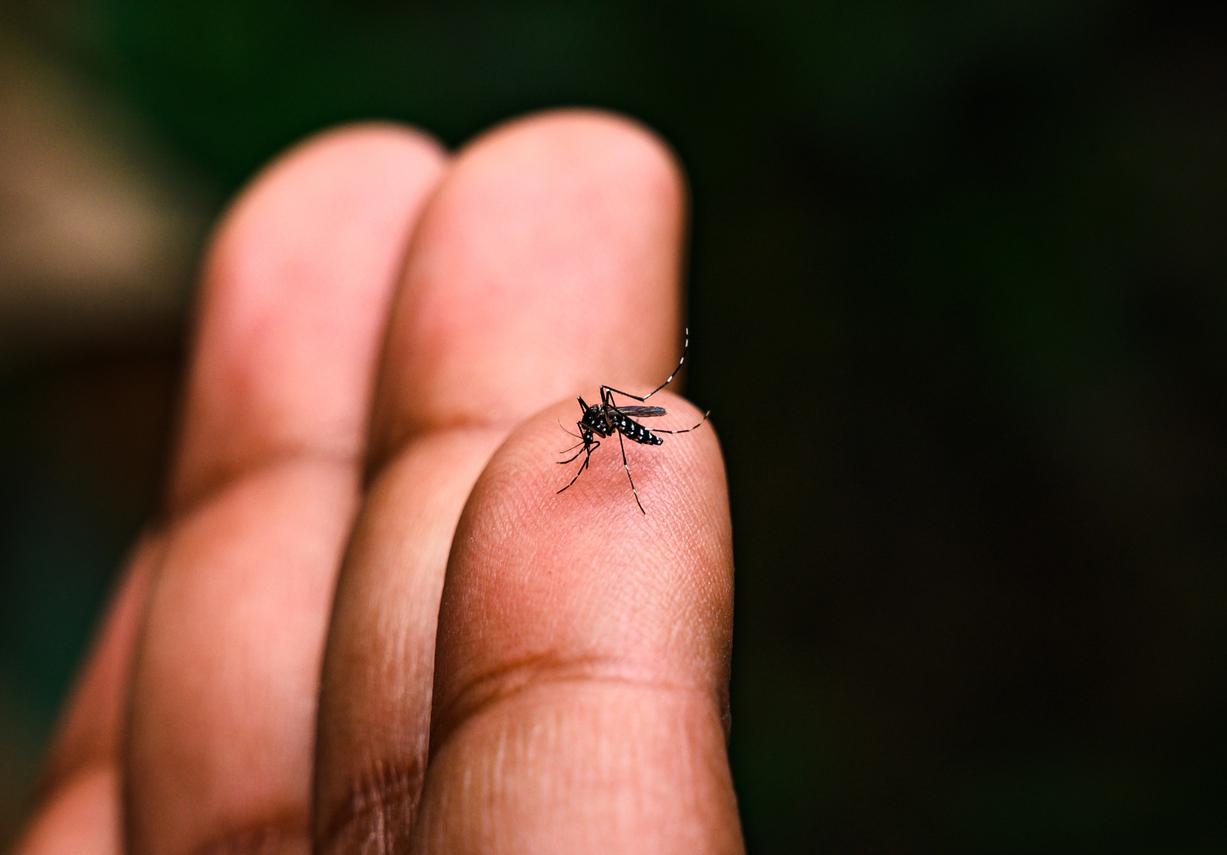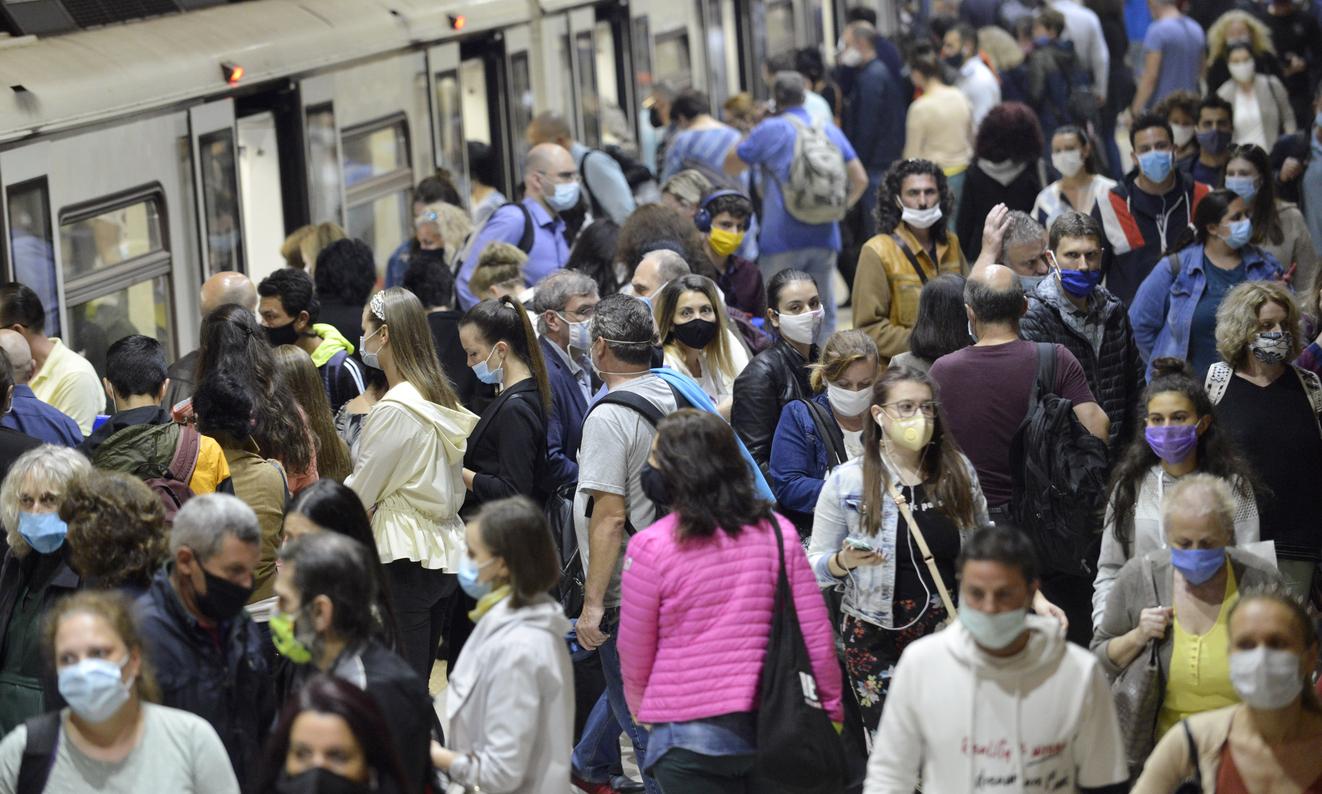While the plague is back on the island of Madagascar, the World Health Organization (WHO) is worried and mobilized in the face of this epidemic growing. In one press release published on November 21, the WHO indicates that it has been challenged by the Malagasy health authorities who are asking for help in the face of the significant development of the disease.
As of November 16, 2014, 119 cases and 40 deaths have been reported, the WHO said, including two cases in the country’s capital, Antananarivo. The outbreak began on August 31, when the first case was recorded. The affected patient succumbed to the disease on September 3.
In the capital, “there is now a risk of a rapid development of the disease due to the high population density (…) and the weaknesses of the health system” deplores the WHO.
A disease carried by fleas
If this plague epidemic is difficult to contain, it is mainly because it is carried by fleas. The latter seem to be resistant to the insecticide deltamethrin used to kill them, which, for the WHO, makes the situation all the more complicated.
The plague is caused by a bacterium called Yersinia pestis, discovered at the Institut Pasteur in 1894. This bacterium is mainly carried by the black rat, which transmits it to humans via infected fleas.
In humans, the plague develops in bubonic form: an inflammation of a ganglion called bubo takes place on the second day of infection, and is accompanied by fever, pain and fatigue. If treated in time with the help ofantibiotics, this form heals quickly. On the other hand, if the bacterium reaches the lungs, it causes the so-called pneumonic form, and becomes transmissible from man to man via cough. This pneumonia is one of the deadliest infectious diseases, and can be fatal in just 24 hours.
According to the WHO, the mortality rate depends on the rapid start of treatment but can quickly be very high.
A modern disease to watch out for
However, the WHO “does not recommend any restrictions on travel and trade” in Madagascar. The Organization has requested the establishment of risk indicators for urban areas such as Antananarivo.
A national special force has been set up to fight the disease with the help of the WHO and the financial support of the African Development Bank.
If in Europe the plague seems to be only a distant memory, this disease has never ceased to worry researchers, since it continues to kill throughout the world. The latest data declared by theWHO report 40,000 cases in 25 countries between 1991 and 2006.
Read also :
The plague: a re-emerging disease
Memory: researchers reactivate the memories of rats
Vector-borne diseases kill several million people
















